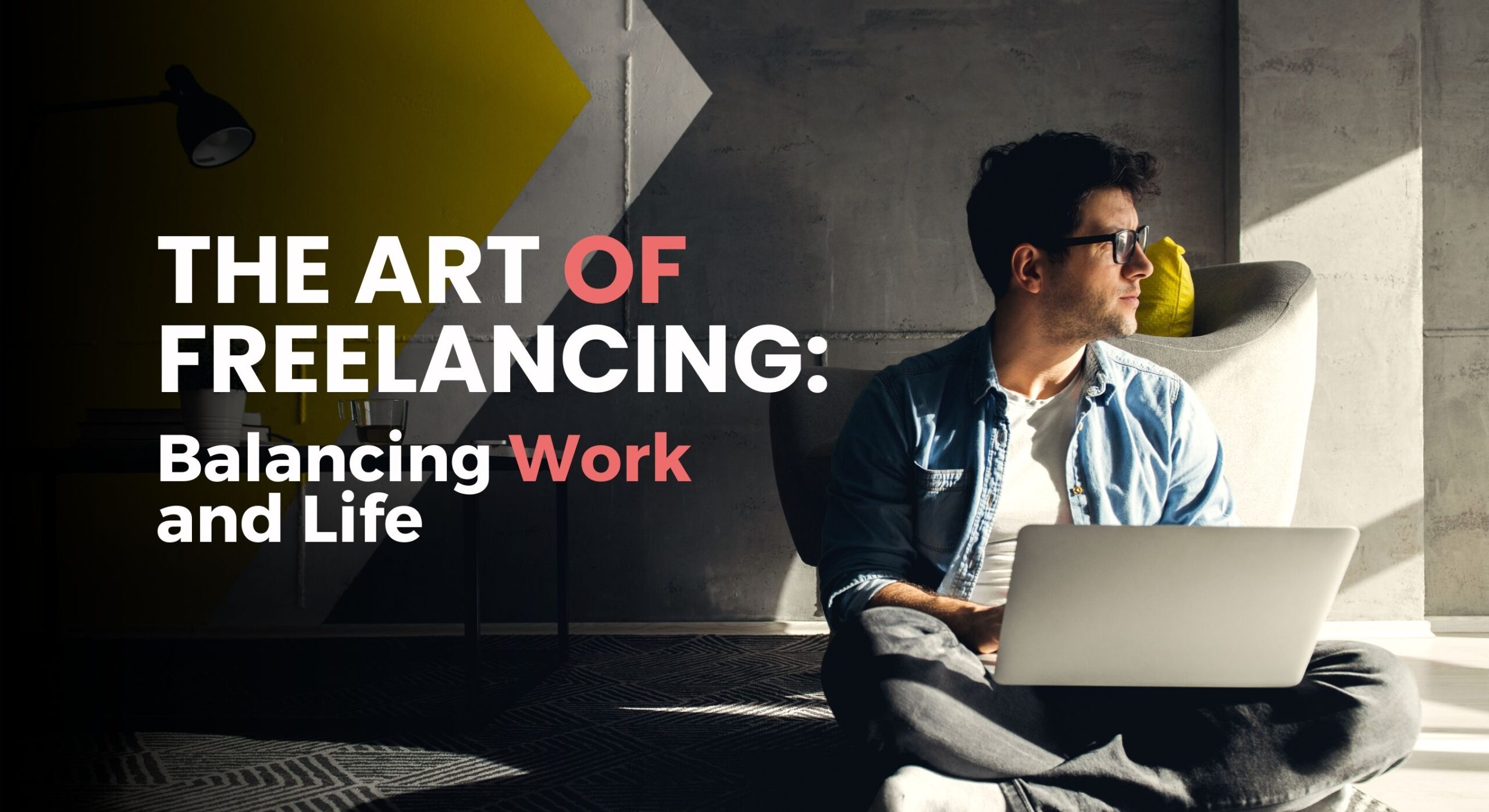
The Art of Freelancing: Balancing Work and Life
Freelancing offers an incredible sense of freedom and flexibility, allowing you to be your boss, set your schedule, and work from anywhere. However, this autonomy often blurs the line between work and personal life. Mastering the art of balancing work and life as a freelancer is essential for sustainable success and overall well-being.
Understanding the Challenge
The allure of flexibility can sometimes lead to overworking. Without the constraints of a traditional office, it’s easy to let work spill over into personal time. The key lies in establishing boundaries, both physical and mental, to create a harmonious work-life balance.
Define Your Work Hours freelancing
Setting clear work hours is fundamental. Even though you’re not in an office, having a structured schedule helps delineate when you’re ‘at work‘ and when you’re ‘off work.’ Communicate these hours to clients and stick to them as much as possible. This ensures you’re dedicated during work hours and allows for guilt-free relaxation afterward.
Create a Dedicated Workspace
Designate a specific area in your home or wherever you work as your workspace. It could be a corner of a room, a desk, or even a cozy nook. This space signals your brain that when you’re there, it’s time to focus and be productive. Once you step away, you mentally switch off from work.
Prioritize and Organize
Mastering time management is crucial. Prioritize tasks by importance and deadlines, using tools like calendars, planners, or project management apps. Schedule breaks and leisure time as you would schedule work-related tasks to ensure a balanced routine.
Embrace the Power of Saying ‘No’
It’s tempting to take on every project that comes your way, but learning to say ‘no’ is empowering. Be selective about the projects you accept and ensure they align with your goals and values. Overcommitting can lead to burnout and compromise the quality of your work.
Disconnect to Reconnect
Unplugging from work is vital for recharging. Establish boundaries for checking emails or messages outside work hours. Engage in activities that help you relax and rejuvenate—whether it’s spending time with loved ones, pursuing a hobby, exercising, or simply taking a walk outdoors.
Cultivate a Support Network
Connect with fellow freelancers or join communities where you can share experiences and seek advice. Having a support network provides valuable insights, encouragement, and a sense of belonging in a profession that can sometimes feel isolating.
Practice Self-Care
Prioritize your physical and mental well-being. Exercise regularly, eat healthily, get enough sleep, and practice mindfulness or meditation. Taking care of yourself ensures you’re at your best to tackle work challenges and enjoy personal moments.
Reflect and Adapt
Regularly evaluate your work-life balance. Adjustments might be necessary as your workload or personal circumstances change. Be flexible and open to tweaking your routine to maintain equilibrium.
Conclusion
Achieving a harmonious work-life balance as a freelancer is an ongoing journey. It’s about consciously creating boundaries, managing time effectively, and prioritizing well-being. Remember, the true essence of freelancing lies not just in the work you do but in the quality of life it affords you.
Finding equilibrium takes time, patience, and self-awareness. Embrace the flexibility of freelancing while respecting the importance of downtime. Striking this balance will not only enhance your productivity and creativity but also enrich your personal life, leading to a more fulfilling freelance career.
Seek Professional Help:
If feeling overwhelmed or stressed, consider seeking support from a mentor or a mental health professional.
Remember that achieving a perfect balance is an ongoing process. It’s essential to be adaptable and make adjustments as your freelancing career evolves. Prioritize your well-being, and you’ll find yourself enjoying the benefits of freelancing without compromising your personal life.



